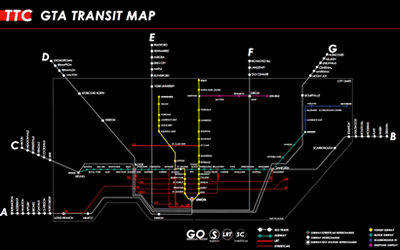Congress 2006 @ York University
The 75th Congress of the Humanities and Social Sciences kicks off this week at York University. The theme is "The City: A Festival of Knowledge", and the week-long event (May 27-June 3) includes many sessions of note for those interested in urban issues. A quick glance at the program reveals sessions with titles such as "Ethnography and Urban Culture" and "Practicing Memory in the City" (both May 30, organized by the Canadian Sociology and Anthropology Association); and "Imagining the Theatrical City" (May 27). Numerous associations participate in the Congress; check out each association's program here. Other highlights include concerts, art exhibits and guest speakers such as Stephen Lewis and David Suzuki. The array of activities really leaves no choice but to descend upon York and be festive.




